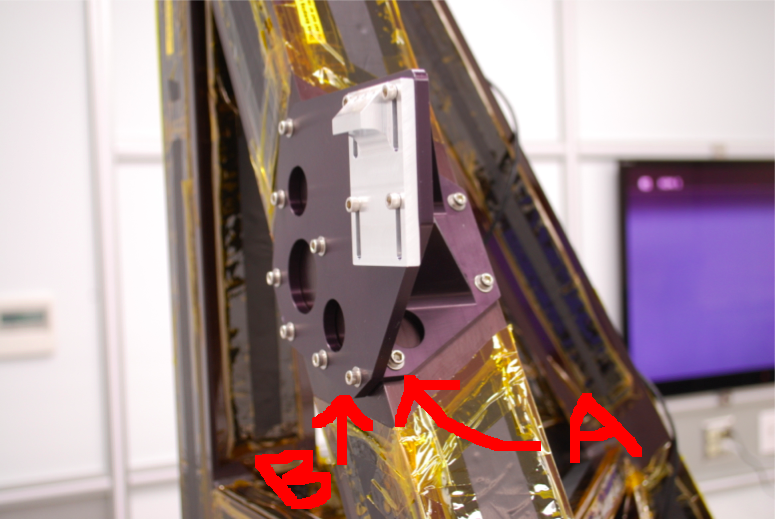(Betsy, Arnaud, some Travis, some Jim, some IAS)
In BSC1 today we:
1) Locked down the ITMy pitch adjustment screws.
2) IAS verified alignment of ITMy (see his alog).
3) Took B&K Hammer measurements with ISI unlocked (see Arnaud's alog).
4) Locked ISI.
5) Locked all ITMy EQ stop nuts.
6) Took B&K Hammer measurements with ISI locked such that we could compare with the LLO ITM data (see Arnaud's alog)
7) Tweeked Top BOSEMs to account for buoyancy.
8) Took particulate samples from surfaces.
9) Wiped sampled surfaces and flooring, pulling towards door.
10) Set 3 witness plates and 2 1" optic flat samples.
11) Took pictures.
12) Confirmed damping of ITMy.
13) Applied First Contact to ITMy-HR
14) Removed the particle counter from the chamber - midday.
A final round of TFs should be taken, and we should confirm that we have the correct B&K data.
I will need to remove the FC on Friday, but as far as SUS is concerned, I see no reason the spool replacement work shouldn't proceed. I'll need door entrance to the chamber on Friday.



























